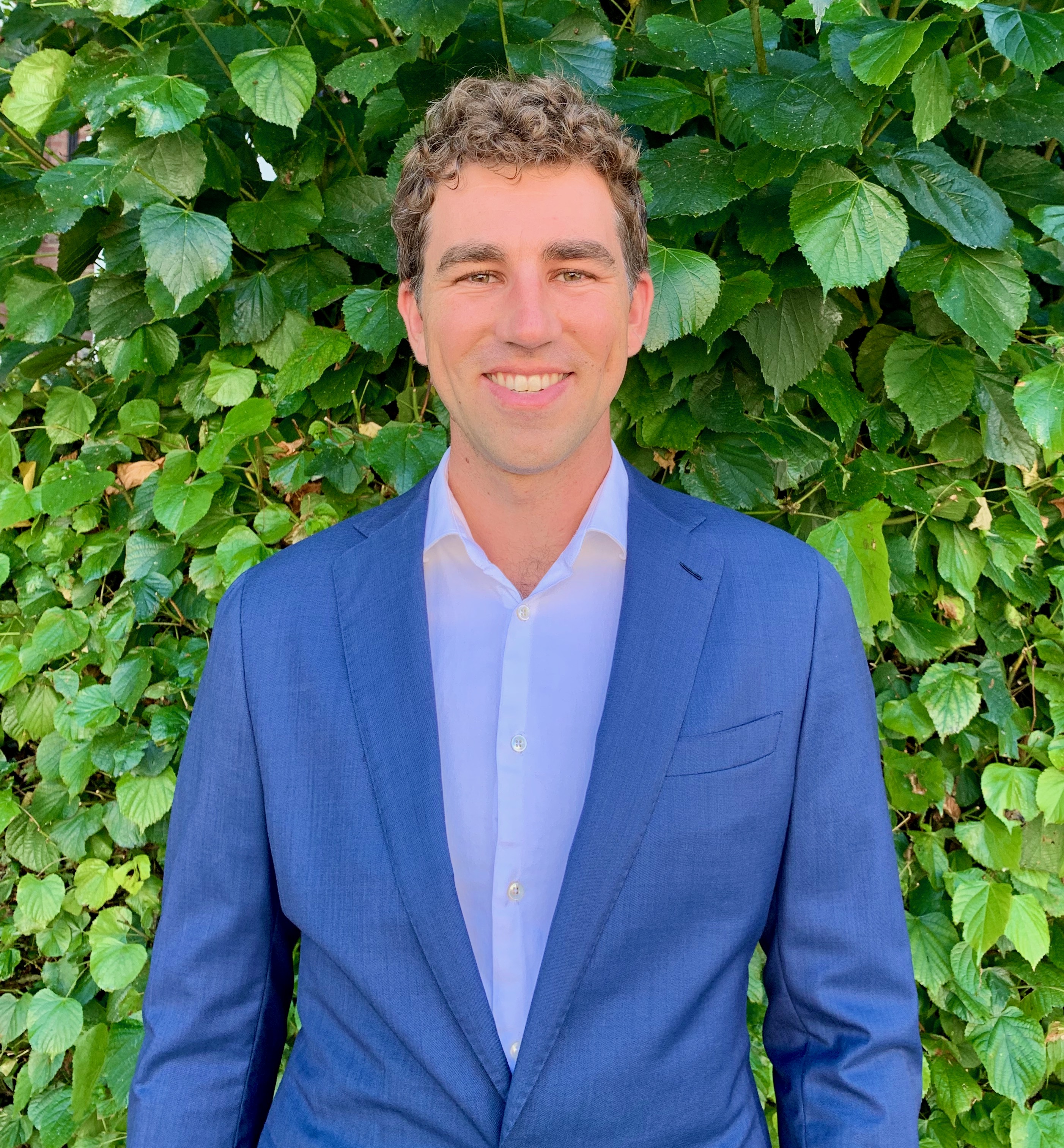Affiliation: University of California, Los Angeles

Nicholas Bartos is an Assistant Professor (Full-Time Adjunct Appointment), having joined the Department of Classics at UCLA in 2024. He completed his PhD in Classics at Stanford University (2024) and previously received an MPhil in Archaeology from the University of Oxford (St. John’s College, 2015) and a BA in Archaeology and the Ancient World from Brown University (2013).
His research principally focuses on how maritime connections structured socioeconomic life in the Mediterranean and the western Indian Ocean during the Roman period. Through ongoing archaeological fieldwork in Egypt, Italy, and India both on land and underwater, Bartos analyzes the material signatures of maritime activity to address questions about the formation of multicultural seaside communities, the development of the ancient economy, and the long-term trajectories of social history.
His current book project uses computational sailing models, port assemblages, and ancient texts such as the Periplus Maris Erythraei to trace the evolution of commercial relationships in the Red Sea, Persian Gulf, and Arabian Sea between the Roman annexation of Egypt (30 BCE) and the Arab Conquest (639 CE). As part of this research, he is a ceramicist at the Berenike Project on the Egyptian Red Sea and has studied material at several sites along the coast of western India.
In the Mediterranean, he has worked in southeastern Sicily for the past ten years, first on the excavations of the Marzamemi 2 shipwreck and currently as field director for underwater survey at the ports of Vendicari, Marzamemi, and Portopalo di Capo Passero with the Marzamemi Maritime Heritage Project. Other ongoing work centers on the colonial legacies of the ancient Indian Ocean, interactions between indigenous nomadic groups and others in the Eastern Desert of Egypt, cultic practice and ritual in cosmopolitan port sites, and methodologies of maritime survey and the computational modeling of ancient mobility.
New archaeological fieldwork from the edges of the Red Sea and Arabian Sea is revealing the complex cultural entanglements across this dynamic maritime space during the Roman period. Voyages spanning between Roman Egypt and the Indian subcontinent entwined many of the economies of these littoral communities, yet these relationships were also transformed by the sociopolitical circumstances of each participating region. This presentation draws from archaeological material to trace the evolution of maritime networks and cultural exchange across the western Indian Ocean from the reign of Augustus to late antiquity. Close-attention to the spatiality and chronology of these networks reveals the impacts of sociopolitical change across the Roman world, South Arabia, East Africa, and South Asia on the structures and longevity of seaborne contacts.
Maritime ventures in the Red Sea and the broader Indian Ocean profoundly transformed the economies of the region during the Roman period. Voyages to foreign shores – sometimes spanning many months – required a tenuous balance of seafaring expertise, sailing seasonality, financing, and logistical support by a variety of actors from the Roman military and elite Mediterranean merchants to ship captains of Arabia, pepper gatherers in the Indian Deccan, and many others. Recent archaeological investigations of shipwrecks and ports as well as ancient texts from the Roman world and beyond give us insight into the realities of seaside daily life and the practicalities of sailing across the Indian Ocean.
Following the Roman annexation of Egypt in 30 BCE, maritime connections accelerated across the western Indian Ocean, enmeshing people and goods from the Mediterranean, Africa, Arabia, and Asia into new webs of production, exchange, and consumption. Archaeological and textual evidence attests to the cosmopolitan communities of the ports dotting the shores of the Red Sea, Persian Gulf, and Arabian Sea through late antiquity. Diaspora groups accompanied and facilitated the transportation of a range of products including agricultural staples, ceramics, spices, aromatics, and gemstones, bringing with them their own form sof religious worship and cultural practice. Drawing from recently excavated material from around the rim of the Indian Ocean, this talk highlights the cultural confrontations and hybridizations which emerged during this unprecedented era of maritime connectivity.
Notifications